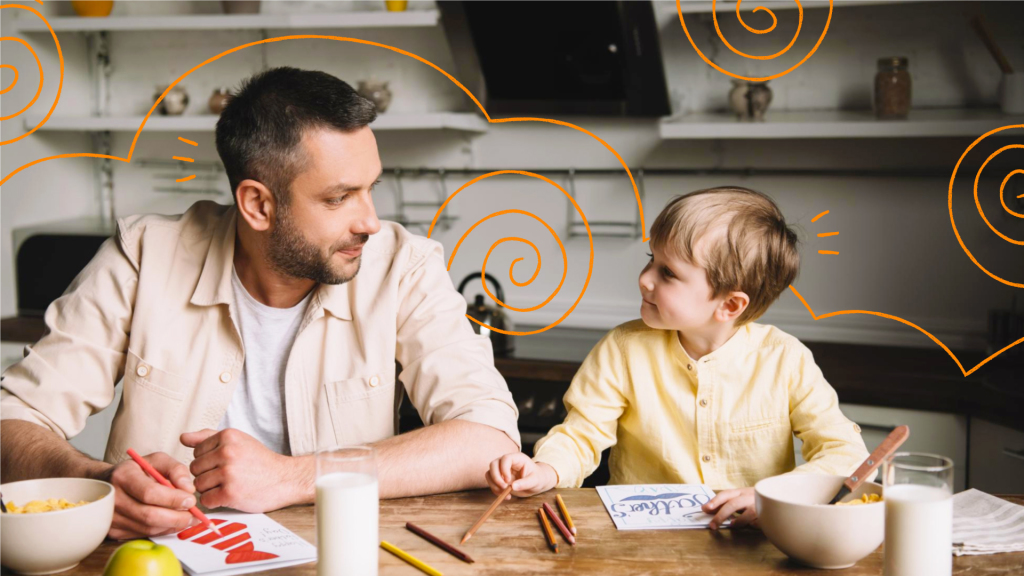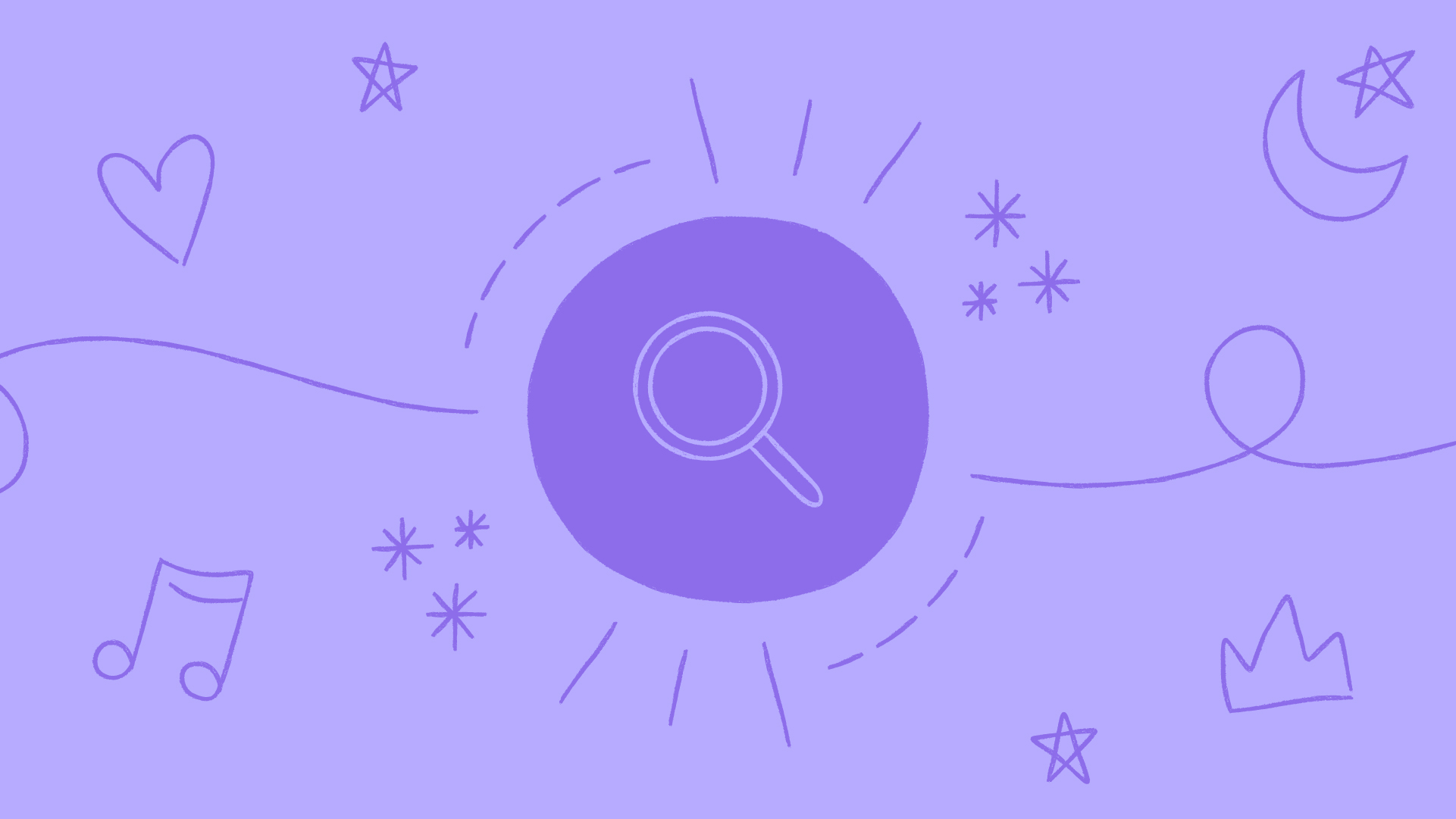
- 3 mins
5 Things to Teach Kids about Big Feelings

Dr. Joey believes he has developed a system for anyone to achieve a greater sense of equanimity. The Equanamee method helps individuals and groups unpack why we discriminate and how to find compassion. Dr. Joey is dedicated to instructing businesses and individuals seeking to improve themselves and their empathy and compassion using the Equanamee method. The method is made up of self-assessment of the Equanimity Barriers Scale, implementation of the seven-step method and guided meditations. He recently published a book entitled Why Mindfulness Is Not Enough: Unlocking Compassion with Equanimity, which is an overview of his research and includes case studies and guided meditations in order to bring equanimity down from the mystical and into the lap of the practical.
Allison Henry, Head of Schools for Moshi, recently sat down with Dr. Joey to learn more about equanimity and how this connects to the work Moshi does in schools and homes.
Dr. Joey: Okay, that’s a very good question. I would say it is a mind that can entertain the categories of feelings and emotions—the good, the bad, and the neutral—to their fullest. But then there’s a brief process, probably no more than a minute, where you would embrace the emotion or the feeling and recognize that your mind has identified and categorized it. Then, you would allow yourself to let it go with a bit of self-compassion and a bit of wisdom about your own context and then compassion for others. It’s a very quick process in which you’re embracing whatever it is, but then regulating it and allowing it to go. Moving on so you’re beyond it.
Something bad can happen to me and it won’t take me the whole of this conversation to get over it because I’m meeting it, greeting it and then saying thanks. If I need to I’ll deal with it later, and if I don’t, I can just allow it to go. I also think of the analogy of “water off a duck’s back” and where that comes from. When a duck has a fight with another duck, it gets really angry. Then when you see it finish the fight, it swims off and completely shakes its entire body. That’s getting rid of everything. And then it just swims so peacefully immediately afterward. I think I heard that from Ekhart Tolle and I thought “that sounds so cool!”
So it’s a little bit like that: We are allowing, embracing, and letting go, and that is healthy emotional regulation. It’s not withdrawing or rejecting or avoiding or becoming disassociated with our emotional mental state. It’s very much an embrace, and then with wisdom letting go.
Dr. Joey: Well, one of the first things is to notice that your mind is categorizing things. So behind the experience will be this latent feeling. If it’s a nice experience, there will be some pleasure there; it’s good, it’s nice. You become attached to it. If it’s a bad experience, then there will be this feeling of dislike or discomfort in the body or somewhere.
The first step is recognizing that’s what is happening. I think a lot of us probably don’t even recognize it because we’re just fully living the movie, the story, whatever it is. We’re experiencing it and becoming emotionally dragged around no matter what’s happening. So this step is like, “Oh, let’s notice what’s happening.” And that’s where mindfulness has been amazing because it teaches about how to do that. Present moment, stepping back, observing yourself from a different perspective, with the mind in awareness rather than the thought. You are not your thoughts. All of that type of messaging is perfect for equanimity because if you’re practicing mindfulness, you’re becoming mindful of your categorizations. You’re then noticing how they identify and merge into something a bit bigger.
Dr.Joey: I think it’s been around for thousands of years in different religious traditions. When I started my Ph.D. in 2016, I read loads and loads of stuff about mindfulness, but there was nothing really about equanimity, a handful of papers. There were about 30 or 40 psychometric scales to measure mindfulness, but no scales to measure equanimity. I’ve actually tried to make it my mission to have it be talked about as a secular thing. So then the logic was, that if I create the first measurement tool, it might spark a bit of interest. Then in 20 or 30 years, we might have 10 or 20 measurement tools for equanimity. It becomes something else, then. We would then get research on equanimity in classrooms, distinct from mindfulness, building up knowledge of its usefulness.
From a secular perspective, I’m still not comfortable that it’s totally arrived there yet. I’m having conversations like this, but it is very much like shouting it from the rooftops and only a handful of people turn around. So maybe it’s the start of things. I think like mindfulness, it’s hard to depart from equanimity’s religious connotations and spiritual connotations. That’s why my mission is to do that because I can then see people entertaining it a bit more open-mindedly.
Dr.Joey: Start with this idea of categorization or labeling, that all experiences and everything that happens, in some form, can fit quite neatly into only three categories. I think that is absolutely perfect for a little child. So it’s either a good, a bad, or a neutral. And those are just terms. It could be pleasure, displeasure, attachment or aversion. But some form of feeling tone in three distinct parts. Having a graph or table of experiences and categorization of feeling into good, bad and neutral is really useful for kids to map their own experiences. You could work with them on the level of identifying their own feelings and their own mental states by observing where they’re at on this kind of journey and map. “Oh, where’s my experience today? There. I’m feeling this now.”
And then, you could do some work around breathing and allowing that feeling to go or dissipate. Or saying hello to it, acknowledging it and accepting it, but not concentrating on it. Then you’re having that kind of wisdom to say, “Hi, bad feeling, I’ll deal with you later. I’m in school now. I need to go and play with my friends.” You’re then navigating the mind away from a potentially difficult situation into one of taking ownership. So I think it would help in emotional regulation from that perspective.
And it’s that kind of idea. We can deal with things later, and the chances are they might not come up again because they’re just feelings. It might instill in them a kind of knowledge that, “Oh, well actually I go for lots of different mind states all the time, and it’s okay when they visit. It doesn’t mean that they’ve now overtaken my home.” It gives them the concept of things coming and going, which is also of tremendous benefit.
Dr. Joey: It would be some great work actually to do that. I think the obvious ones would fall into place, and then the other ones would be the source of a good discussion. But as you were speaking about that, I was thinking . . . chemically what’s happening in the body, like biologically, I think similar processes are happening no matter what. It’s just that we label them good, bad, or neutral. So the power of the mind projected onto this chemical reaction is creating a bigger emotional feeling. We could make surprise into a positive categorization, or we could make surprise into a negative categorization. Some people really don’t like surprises and some people love them. So they’re choosing that. The same process is happening, but the mind’s projection of the event makes all the difference.
Dr. Joey: Yes. That’s why, in the book, there’s the inner equanimity and then there’s the outer equanimity. So the goal is then to be compassionate. That’s why I call recognizing what’s happening internally with the categories is what we do externally the first step to becoming compassionate. So, whom do we like? “Oh, I like him. I don’t like her. She’s neutral.” We’re doing that and then we’re being empathic and compassionate based upon those categorizations.
In order to build harmony in the classroom and get beyond bullying and racism, we need that exercise of recognizing that the different labeling we’ve got going on inside shows why we behave differently to each other outside. And recognizing that this is happening for every single one of us. We’re all mentally projecting into three categorizations, and that is based upon our past experience and conditioning. I think it allows a little child to be a bit more empathic to their fellow friend. They’re being like that because their emotion is linked to that experience for them.